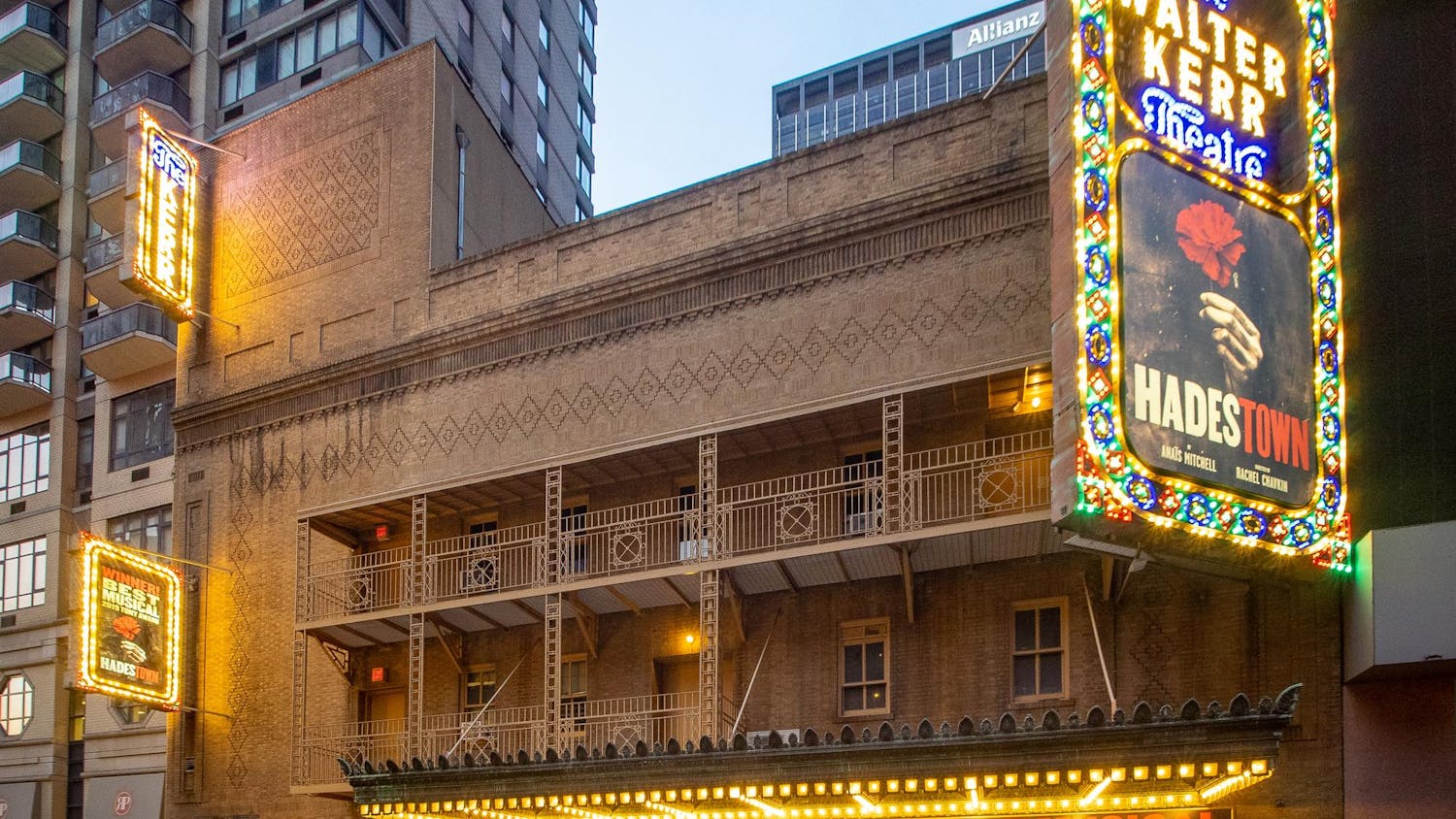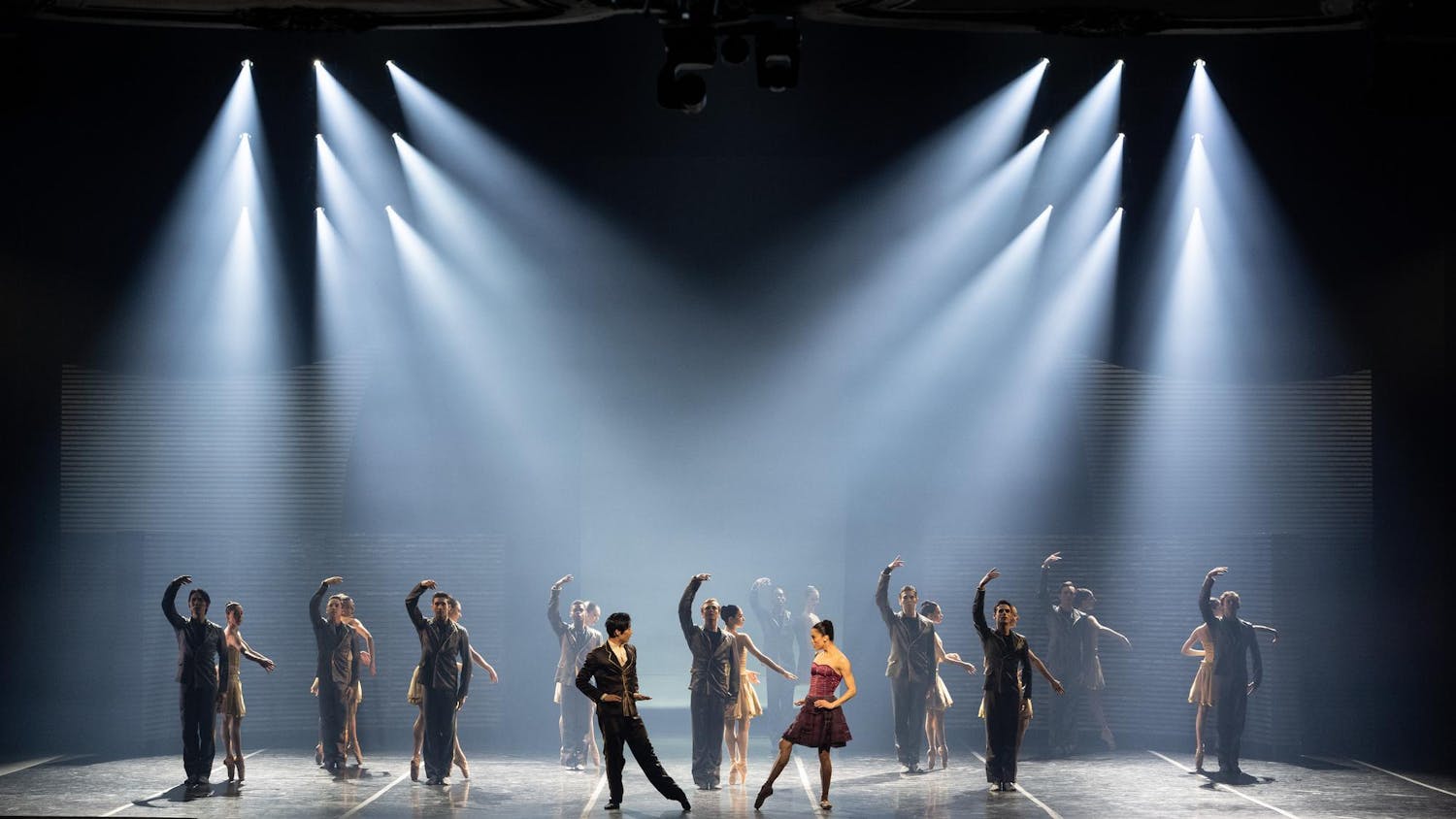It's better than a trip to any esteemed museum, ancient library, antique store or flea market - combined. The Boston International Antiquarian Book Fair returned this past weekend to the Hynes Convention Center, bringing with it over 120 dealers of rare books and artifacts from around the world. Unlike the volumes typically housed in a museum or library, these publications aren't merely on display under thick panels of glass. Here, attendees can actually touch the covers and leaf through their pages. Many will even opt to purchase these precious pieces of history for their own personal collections. And, unlike objects from a local antique shop or secondhand bazaar, every item for sale at the fair is authenticated, so consumers can be sure what they're getting is the real deal.
History
Last weekend marked the fair's 37th year in Boston. Originally hosted at the Copley Plaza Hotel, it later moved to the Park Plaza Castle before eventually relocating to the Hynes Convention Center in Back Bay. According to Betty Fulton, the fair's producer, this is one of the oldest and largest book fairs in the country.
"There's a New York fair every spring and there's a fair in California every February ... that alternates between San Francisco and Los Angeles," Fulton said.
These three events are the only ones officially sanctioned by the Antiquarian Booksellers Association of America , a national organization dedicated to helping people preserve and collect old, valuable books.
Chairman of the Boston Book Fair Committee and Brattle Book Shop dealer Ken Gloss explained that the fair was established by ABAA members for a variety of reasons, but especially to provide sellers with a physical space where they can display their stock.
"A lot of dealers do not have open shops," he said. "They deal out of offices, out of their homes - a number of different locations ... so they don't have a way to actually get out [and] see the public. A show like this offers a lot of opportunities to meet new customers ... to promote the business. It's a way to present yourself to the public for many of the places that don't have that ability."
Not only does it provide visibility for vendors who would otherwise remain relatively obscure, but it also brings sellers from around the world together under one roof - something that is positive both for the collector, who may have limited access to foreign trade, and for the actual dealers, who often exchange items among themselves. This year, dealers flocked to Boston from countries across the globe - including the Netherlands, Australia, France and Germany - making this year's book fair a truly international event.
CommPromo
An event that attracts so many international participants seems like it would require a huge number of behind-the-scenes coordinators. But for the past 26 years, the Antiquarian Book Fair has been largely produced by a one-woman team. Since 1987, Fulton - the president of the strategic marketing and event promotion company, CommPromo - has been in charge of organizing the entire weekend. Though she has singlehandedly orchestrated the event for more than half of its history, Fulton recently brought Julie Roper on board to manage social media. In her five or six years at CommPromo, Roper has become increasingly involved in the fair, taking on additional production responsibilities.
Together, Fulton and Roper handle almost all of the planning for the book fair. Occasionally, they will outsource one part of the work and hire independent contractors to help at the actual event. Other than that, though, they manage the rest of the operation on their own.
"[We] basically act as general contractors for the event," Fulton said. "All elements that need to be addressed like catering, [booking the] hall, tickets, any equipment rentals, all publicity and promotion, running the box office, supervising the load-in and load-out ... audiovisual [and] putting together all the programming."
In addition to the weekend itself, CommPromo also helps arrange extra events that occur in conjunction with the fair. This year, for example, there was an exhibit featuring Isabella Stewart Gardner's little-known book collection, as well as various other lectures and panels on specific niches within book collecting.
"We're the 600-pound gorilla, and because all the dealers are in town that might patronize these other events, certain satellite events also spring up around the ABAA," Fulton said.
Fare at the fair
So, what exactly are these dealers peddling? Ironically, Gloss notes that there are no qualifications for any of the items sold at the fair.
"I don't think there's any one description [of an antiquarian book]," Gloss said. "It's more a general term. ... If you get down to an exact definition, there probably isn't one. It's probably not new books ... although there are some exceptions to that rule, too. But the book that you think of when you walk into a Barnes and Noble probably isn't going to be here - at least [not] for a few years."
And he's right. Most of the items are old and valuable, but besides that, the titles run the gamut. Books range from leather-bound masterpieces crafted in the 1400s to literary classics of the 20th century, from autographed children's stories to first editions of relatively recent bestsellers like "Life of Pi" by Yann Martel. Various authors from different epochs, genres and nationalities are all represented in one room - writers like Mark Twain and Oscar Wilde see just as much shelf space as Dr. Seuss and Roald Dahl. And books are only half the equation. Among the racks upon racks of yellowing pages, visitors will also find pamphlets, manuscripts, letters, vintage issues of magazines and newspapers, fine art, photographs, maps and atlases and even various types of ephemera and memorabilia.12






